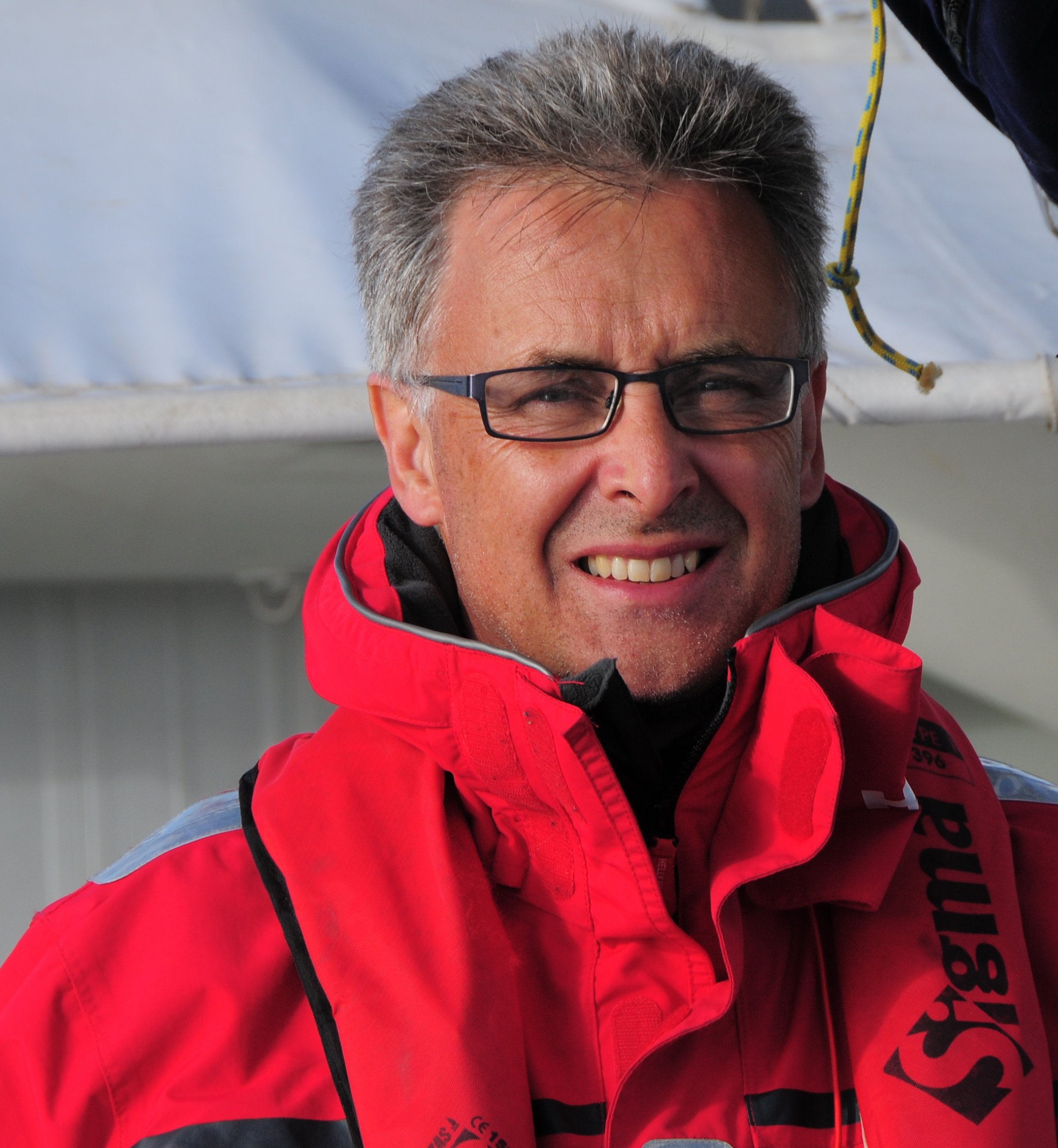BSc Hons 1980
University of Tasmania ecologist and alumnus Professor Craig Johnson has spent his career underwater.
He has dived under the ice with the navy in Canada, studied the rich kelp forests off South Africa, and researched the crown-of-thorns starfish on the Great Barrier Reef. But it was the magic of Tasmania’s oceans that drew him home.
In January, Professor Johnson was awarded a significant international marine science lifetime achievement award, only the third Australian to receive the recognition.
The triennial award was presented following the 2023 International Temperate Reef Symposium (ITRS) held in January at the University in Hobart and attended by almost 300 delegates.
The International Temperate Reef Symposium Award is decided by an international award committee, which chooses the winner based on their contributions to marine science where awardees have “achieved high international standing” in science and for “lifelong service and contributions to temperate marine ecology”.
Professor Johnson has supervised 43 PhD students, convened conferences, including the January ITRS conference, and contributed to national and global initiatives such as the Temperate Reef Base (a global data base for temperate reef researchers) as well as leadership of the Partnership for Observation of the Global Ocean (POGO) Working Group to design and implement a global observing and data sharing strategy for macroalgal (seaweed) communities.
He completed his Bachelor of Science with Honours at the University of Tasmania before competing his PhD at Dalhousie University in Canada.
"Tasmania is an international hub for marine science, and I have been fortunate to have the opportunity to help grow and develop marine science at the University of Tasmania,” Professor Johnson said.
For more on the award, see here.
We took the opportunity to ask Craig some questions for our Alumni readers:
Where did your interest in marine science come from?
I spent three years in Tonga in my last years of primary school – swimming and snorkelling on coral reefs and surrounded by a lot of marine life, which was fascinating. That was what cemented my interest in marine science. My Dad was there on a secondment with the Australian Government setting up a teaching facility.
What have been some of your science career highlights?
Through the work of my team at the Institute for Marine and Antarctic Science (IMAS), we’ve been able to better understand the ecological and physical drivers of the dynamics of kelp bed systems, including the impacts of climate change, sea urchins and the extensive loss of kelp. That evidence and understanding is now influencing policy and management decisions.
Another career highlight was a World Bank Program I worked on in Mexico and the Philippines for five years. It used a complex-systems approach to modelling the dynamics of coral reefs for improved management.
A third highlight is using mathematics to identify the changes in marine systems that require management responses. The ecosystem elements of current fisheries management in Tasmania have been informed by the work of our team of researchers, students and post-docs.
Exciting current projects include developing detailed maps of the distribution of biodiversity on the continental shelf around Antarctica, commercial scale mariculture of giant kelp and the cross-over of this with the restoration of kelp beds.
What makes Tassie such a good place to study marine science?
Tasmania has easy access to great field sites and there is a lot happening ecologically in Tasmania.
The island is a hotspot for warming waters as a result of climate change, so much of the rest of the world has been interested in what is happening here as a potential bellwether for the kinds of changes that may happen in other parts of the world. I was fortunate to be in the right place at the right time to observe and understand these changes. It is vital that we continue to observe and run experiments in the field.
There is also such a concentration of marine scientists in Tasmania across CSIRO, the Australian Antarctic Division and the University, which provides for a highly stimulating work environment.
In terms of your leadership roles, are there career highlights that stand out for you?
I’m proud to have initiated the establishment of the Tasmanian Fisheries and Aquaculture Institute (TAFI) and contributed to its development, which then set the foundation for IMAS. The research culture at IMAS is fantastic – IMAS very quickly established an international reputation for quality research. Really, we built IMAS from scratch; it was a lot of work, but it was exciting and it is wonderful to see the sort of global recognition IMAS achieved so quickly. It surpassed all our expectations.
I was also pleased to be Chair of the Marine National Facility – overseeing the operation of the RV Southern Surveyor and then the RV Investigator – for a decade, and to see the change in the way the facility ran. That period saw a massive increase in demand and in the diversity of the work we could run from the facility, and it was particularly pleasing to secure funding for the new vessel (the RV Investigator). A particularly memorable moment was being in the budget lockdown when the funding for both IMAS and the Investigator was announced by the Minister. That was significant for marine science in Tasmania, nationally and beyond.
The biggest privilege and greatest excitement has been the opportunity to work with so many talented collaborators, students and post-doctoral fellows at IMAS.
First published in Alumni and Friends eNews.
If you are a member of the University of Tasmania community and would like to receive this publication, please provide or update your email address.
Top of page: Professor Craig Johnson. Image: Justin Gilligan



